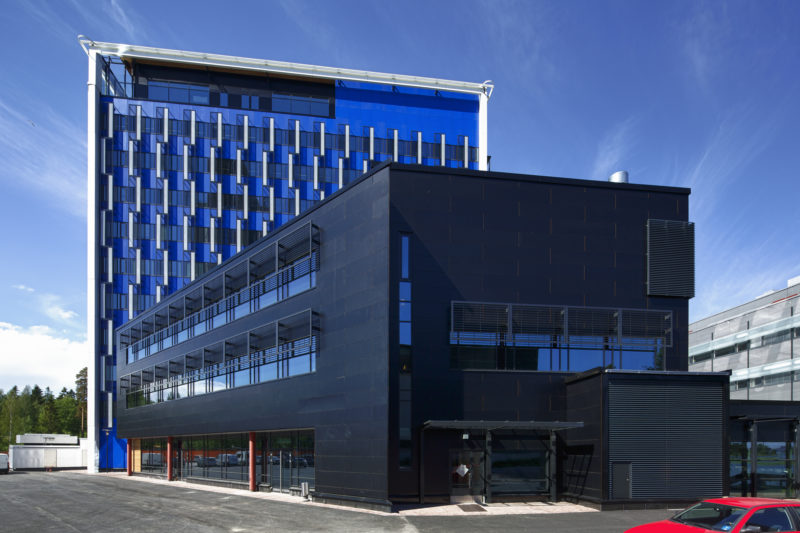
Simon Wild, European category marketing manager at Formica Group, discusses the importance of building envelopes in combating CO2 emissions and their role in energy efficiency
IT is estimated that on a global scale residential and commercial buildings contribute about 31.5% of CO2 emissions each year. When it comes to the UK, buildings account for approximately 37% of carbon emissions. To address this issue, the UK has pledged to reduce carbon emissions by 80% come 2050.
In order to meet the target, it is imperative that during the development phase of new builds, ample consideration is given to the energy efficiency and performance of a building, rather than being an afterthought. Bearing in mind that the Carbon Trust estimates that 60% of buildings that exist today will still be in use in 2050, it is also essential that existing buildings are refurbished to bring them in line with future UK carbon emissions goals.
REFURBISHMENT AND BEYOND THE GREEN DEAL
Figures suggest that of the UK buildings that need retrofitting to meet the carbon emissions reduction, the figure is split 60/40 between residential and commercial respectively.
The UK Government’s Green Deal was committed to refurbish its social housing by assisting tenants, landlords and home owners with the cost of improvements; presenting the UK with a huge potential market in the refurbishment of existing buildings. Boiler upgrades, double glazing and exterior envelopes being prime examples of the improvements covered by the scheme. Adopting such measures results in considerable cost savings since buildings which previously had a zero energy star rating can qualify for a potential rating as high as 8 stars. Since the scrapping of the Green Deal, the ‘Decent Homes’ Programme and Minimum Energy Efficiency Standards go some way in filling the void but there remains a demand for an initiative embedded in legislation to replace the scheme.
Poor insulation is a contributing factor to a building’s heat loss in winter and heat gain in summer. Therefore, a “fabric first” approach, ensuring the right building envelope specification can significantly influence thermal performance and reduce running costs.
Additionally, exterior cladding solutions, that use an external insulation, reduce loss of internal floor space and minimise any internal building disruption for occupants during the refurbishment process; they are also extremely quick to install. Well-engineered cladding will maintain its appearance and give consistent performance for many years, requiring little maintenance.
STRICTER REQUIREMENTS FOR NEW BUILDS
The government has introduced a number of policies to encourage the use of low carbon technology in buildings to address carbon emission issues and energy efficiency. There are also stricter requirements for commercial buildings and new homes constructed after April 2014.
Government measures also include the Energy Savings Opportunity Scheme which implements the EU Energy Efficiency Directive, which is an established set of binding measures to help the EU reach its 20% energy efficiency target by 2020. Factors such as building envelope specification, double glazing and draughtproofing are some of the considerations for UK companies looking to comply with this directive.
ADVANCEMENTS IN BUILDING ENVELOPES
Advancements in technology present a wider choice of cladding materials, colours and finishes than ever before, from traditional materials such as wood and stone to modern composites like high pressure laminate and fibre cement. Cladding systems allow the combination of materials to complement and accentuate architectural design, with various fixing methods both visible and concealed to complement the overall building look.
Recent developments include the possibility to create custom colour matches and digital replication of images into cladding panels, for commercial buildings this can help to create a building identity, incorporating a brand logo or corporate colours into a scheme, or through the creation of design features or signage.
Furthermore building envelopes offer a cost effective alternative to demolition and rebuilding, with the potential to extend a building’s useful life, increase its value and convert an outdated building into an architectural jewel.









